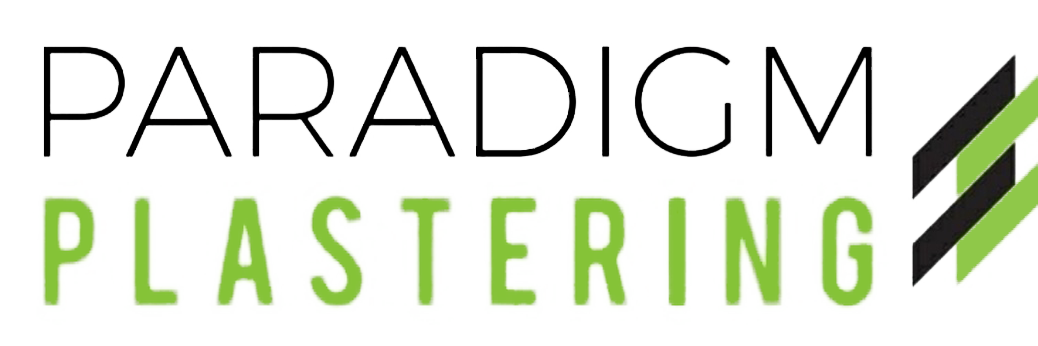Drylining Services in Redcar
Drylining, also known as plasterboard or gypsum board, is a popular method of creating internal walls and ceilings in modern construction. It involves the use of plasterboard panels fixed to a timber or metal frame, which is then finished with a skim coat of plaster or a decorative finish.
Drylining is a quick and efficient way of creating internal walls and ceilings, as it requires minimal drying time compared to traditional wet plastering methods. It is also a versatile method that can be used to create curved or irregular walls, as well as to improve the insulation and soundproofing of a space.
about Our Drylining Services
At Paradigm we understand the benefits of drylining for modern construction projects. It is a quick and efficient method that allows for greater design flexibility, improved insulation, and soundproofing. Additionally, it creates a smooth and even surface that can be easily finished with a decorative texture or paint.
It’s important to note, however, that drylining requires a certain level of skill and expertise to ensure a high-quality finish. We highly recommend that drylining be carried out by a professional contractor with experience in this method of construction. Our team of skilled contractors has the necessary knowledge and expertise to provide exceptional drylining services, ensuring that your project is completed to the highest standard.

The drylining process typically involves the following steps:
2. Insulation: Insulation material is placed between the studs of the frame to improve the thermal and acoustic performance of the wall or ceiling.
3. Plasterboard installation: The plasterboard panels are then fixed to the frame using screws or adhesive. The edges of the panels are tapered to allow for a smooth finish.
4. Jointing: Joint tape is applied to the joints between the plasterboard panels, and a jointing compound is used to fill any gaps or imperfections.
5. Skimming: Once the jointing compound has dried, a skim coat of plaster is applied to the surface of the plasterboard to create a smooth and even finish. The surface can then be painted, wallpapered, or finished with a decorative texture.
